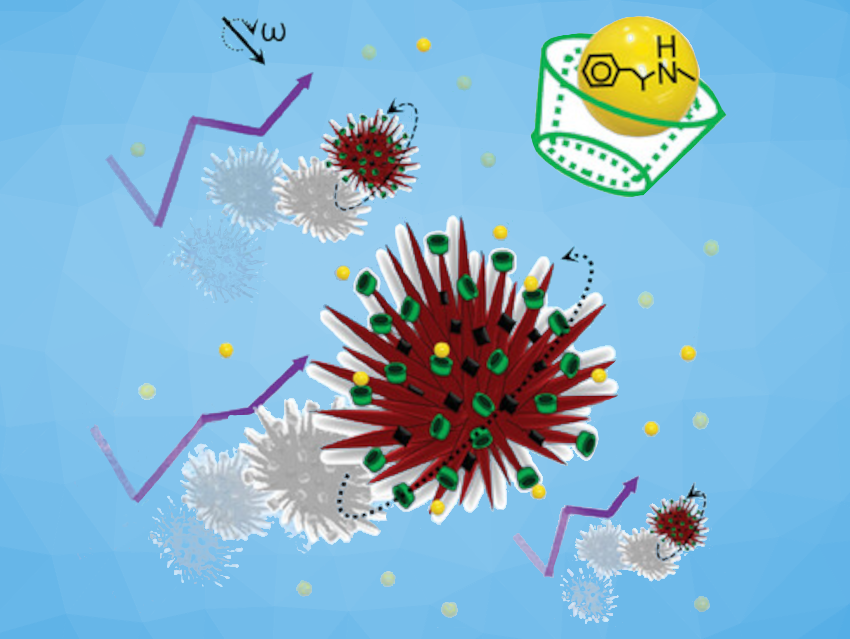Wastewater treatment is growing in importance as populations increase and natural water resources are depleted. However, current methods are far from perfect. They can, e.g., be effective only under very narrow operating conditions, require the use of compounds that cannot be released into nature, or need complex separation steps following treatment.
Illicit Drugs as an Environmental Hazard
Industrial entities have strict targets to meet before their waste can be discharged for routine treatment and ultimately returned to our drinking water, but one clandestine sector cannot be made to follow these rules: the producers of drugs of abuse, such as methamphetamine.
Drugs of abuse enter wastewater systems as metabolites after consumption, but the producers of drugs such as methamphetamine are also discharging alarming amounts of drugs into the water. The European Drug Report of 2023 showed increasing concentrations of methamphetamine (MA) in wastewater from 40 European cities compared with 2022 [1].
Magnetic Microrobots Cleaning Up
Martin Pumera, Brno University of Technology, Czech Republic, China Medical University, Taichung, Taiwan, Charles University Prague, Czech Republic, VSB – Technical University of Ostrava, Czech Republic, and Yonsei University, Seoul, South Korea, and colleagues have developed a new tool in the battle to clean up water, using microscopic “robots” to remove MA from water [2].
The microrobots created by the team (pictured) are based on the non-magnetic iron compound hematite (α-Fe2O3) and begin their “life” as sea urchin-shaped structures produced using a hydrothermal method, with many hematite spikes on their surface creating a large surface area for functionalization.
The spikes were then functionalized with β-cyclodextrin (β-CD) molecules. β-Cyclodextrin has useful hydrophobic cavities, making these molecules excellent candidates for trapping a number of different types of molecules. Not only that, but molecules such as MA are trapped non-covalently in these cavities, meaning they can be readily removed and disposed of at a later stage. Following the functionalization with β-CD, the team added magnetite (Fe3O4) nanoparticles to magnetize the microrobots, or “urchins”.

Movement Enhances Capture
The team then tested the finished microrobots’ efficiency in clearing MA from various aquatic environments, both when stationary and when moving through these environments thanks to an applied magnetic field. They found that the mass transfer of MA to the β-CD cavities on the microrobots was greatly enhanced when the urchins were moved by a magnetic field.
When the magnetic field was applied, the microrobots swarmed through the water, coming into contact with a larger number of MA particles and trapping them. This movement through liquids confirmed that they could be used in large numbers to treat water and remove drugs of abuse.
Performance and Reusability
To reflect the intended natural conditions of use, the team monitored the fate of MA molecules in samples without adjusting the pH of the media to unnaturally promote adsorption. Even under these less-than-perfect conditions, they found at least 50 % of the MA was removed from the water and sequestered in the nanorobots.
Previous studies have shown that MA can be easily released from β-CD, and the team built on this, demonstrating that the entire microrobot could be reused, and that the magnetization central to their urchins was not affected by the recycling process.
References
[1] European Monitoring Centre for Drugs and Drug Addiction (EMCDDA), Synthetic stimulants – the current situation in Europe (European Drug Report 2023), www.emcdda.europa.eu. (accessed February 3, 2024)
[2] Methamphetamine Removal from Aquatic Environments by Magnetic Microrobots with Cyclodextrin Chiral Recognition Elements,
Paula Mayorga–Burrezo, Carmen C. Mayorga–Martinez, Martin Kuchař, Martin Pumera
Small 2024.
https://doi.org/10.1002/smll.202306943




